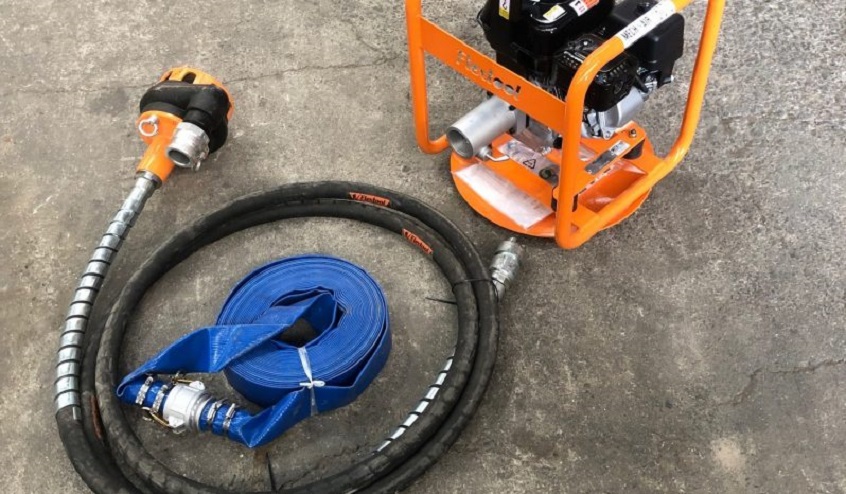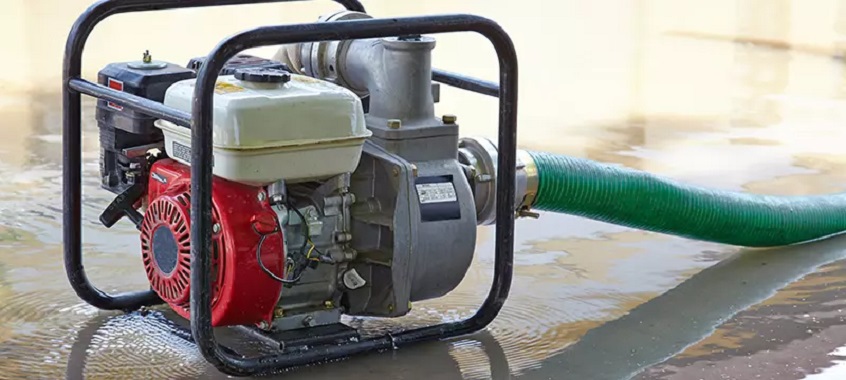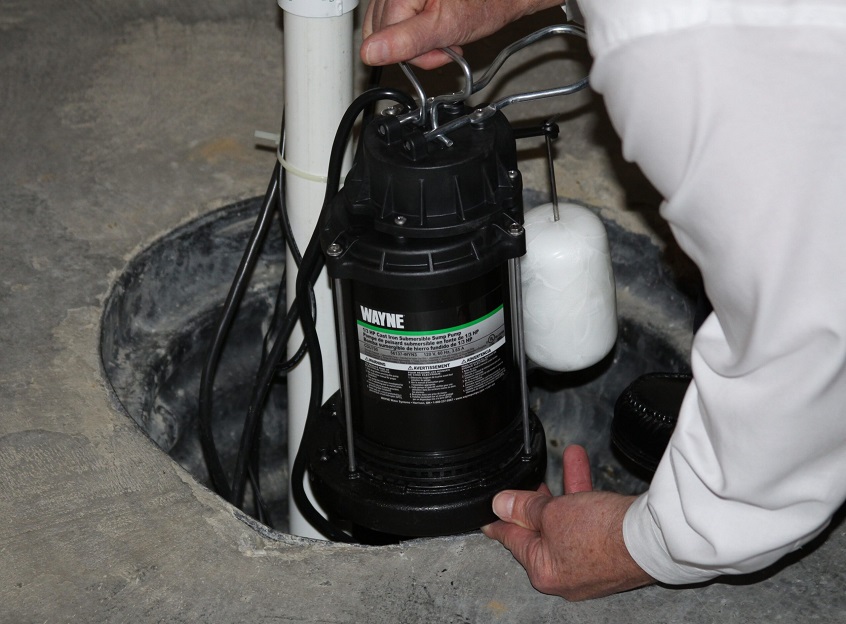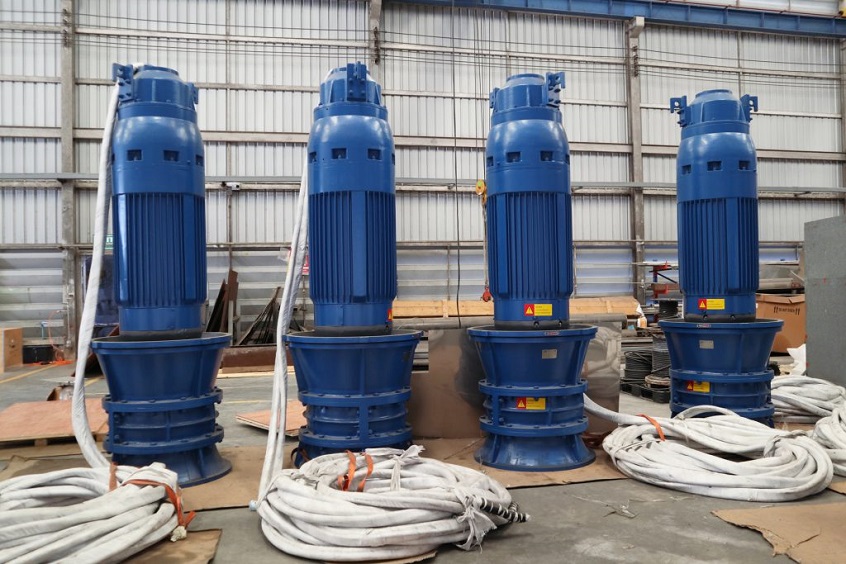
The Whats and Hows of Submersible Pumps
There are dozens of types of pumps, but which one is right for your application? If you need something that will get water out of work sites or flooded basements, pump sewage and sludge out of septic tanks, get fuel out of wells or service station tanks, need a versatile tool in large irrigation projects, or just clean out your pool, then you’ll be looking at a submersible pump.
As the name implies, these are fully submerged in the liquid they need to displace. They are hermetically sealed and are some of the most efficient out there. Considering their versatility and range of different applications, you’ll also need to be aware of the different types.
Contents
What is a Submersible Pump?

A submersible pump is a type of centrifugal pump that converts the rotating energy of impellers into kinetic energy and pressure. With the pump fully submerged and in a vertical position, water or liquids are drawn inside the housing through the intake, pushed through the impeller, and out through a diffuser. There are slight variations to this design and working principle (with open and closed-cycle impellers), and different pumps that can handle different liquids. Activating and deactivating the pump is an automatic float switch that senses the water level, and turns it on or off as needed.
Where are They Used?
You’ll find submersible pumps used in many industries, as well as commercial and household tasks. They are used in wastewater processing and sewage treatment, mining operations, getting water out of boreholes and wells, clearing water out of boats, oil and gas operations, removing standing water from construction sites and acreage, cleaning pools, and any general body of water that needs to be dislocated.
Basic Types

These pumps are generally classified by the types of liquids they work with and where they’re used:
- Sewage pumps – these are designed to move wastewater. They push sewage and water from a treatment facility or septic tank to a drain field or treatment system. Sewage and effluent submersible pumps come in different sizes and can handle different particles and types of water.
- Water pumps – these move water that is relatively contaminant-free. They’re used for pools, general plumbing, drain systems, etc.
- De-watering pumps – you’ll find these pumps used in flooded areas without their own drainage systems. Typical uses are in agriculture and construction where standing water can cause damage and is removed to nearby tanks or drainage pits.
- Sump pumps – are devices installed in a sump pit dug at the lowest point of homes and commercial buildings, such as the basement or crawl space. Its primary role is to prevent flooding by pushing excess water into nearby drainage systems.
- Chemical pumps – can handle large amounts of corrosive or hazardous materials used in different industrial processes, such as oil or fuel.
Based on how they’re powered, they can be further divided into electric and hydraulic types.
Advantages of a Submersible Pump
Several advantages over other types make this a tool worth considering. A submersible pump is generally safer to use, despite being completely submerged in fluid. This is down to the sturdy design with aluminium or stainless steel in the outer casing, and gaskets and seals keeping things watertight. Moreover, they are some of the most efficient pumps out there, requiring very low energy levels to work, and aided with the pressure already in the surrounding liquid.
Since are they completely immersed in fluid, there is no need for priming or prepping the device for use by adding liquid, as there’s always water inside. This saves quite a bit of time and unneeded hassle. In addition, there is no instance of cavitation, or high-energy shocks from bursting bubbles accumulated in the liquid and something that can easily damage pump components, mainly the impellers. The pros don’t end there though. Being submerged, these pumps are also much quieter than their surface siblings.
And now for the cons. They need to be completely inundated in water in order to work, and overheating can occur due to low water levels. Though durable and well-built models should last over a decade, seals can corrode over time and damage the internals. And as common fixtures in hard-to-reach places (wells, boreholes etc), they can be difficult to maintain or repair if any issues arise.
Choosing the Right Pump for Your Application

There are two basic factors to consider when buying: the type of liquid, and how much power is on tap. Clearwater versions are generally cheaper, despite being able to move large amounts of water. Those used for sludge, sewage, floodwater, fuel and water with high amounts of contaminants are made to a higher standard using corrosion-resistant materials. And they’re more complex designs, meaning they’re also more costly.
Power refers to the pressure these devices can muster. More powerful pumps will not only move more water at a faster rate (in what is called the discharge rate) but also impact the ability of the device to draw water from very low depths, such as wells. This is the maximum discharge height.
Other things to look out for are how they are cooled (oil vs water-cooled pumps), the diameters of the inlets and outlets (to determine the size of connected pipes or hoses), and devices from respected brands and within your budget.

